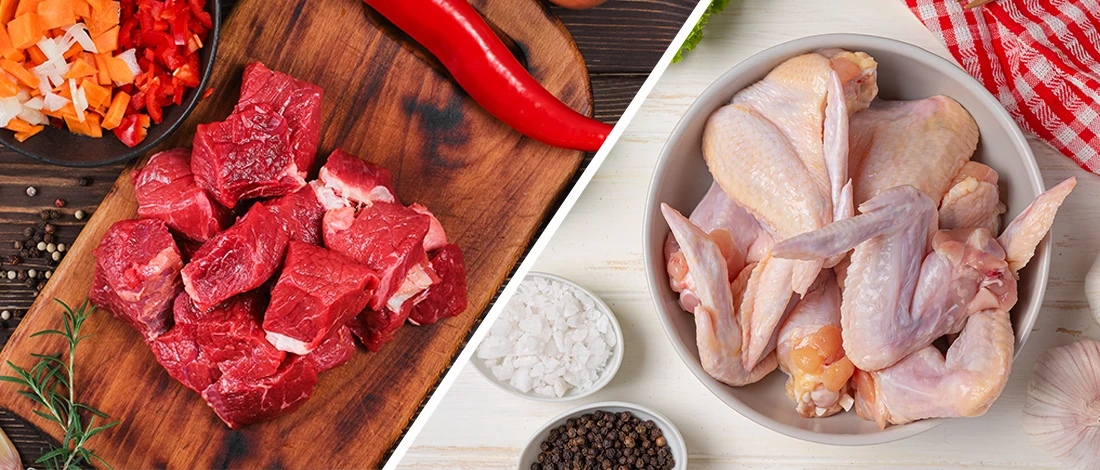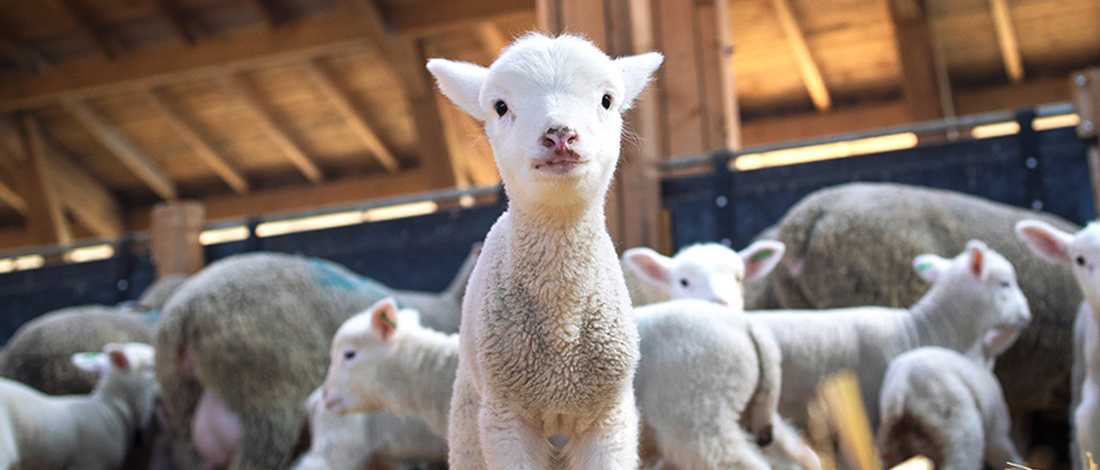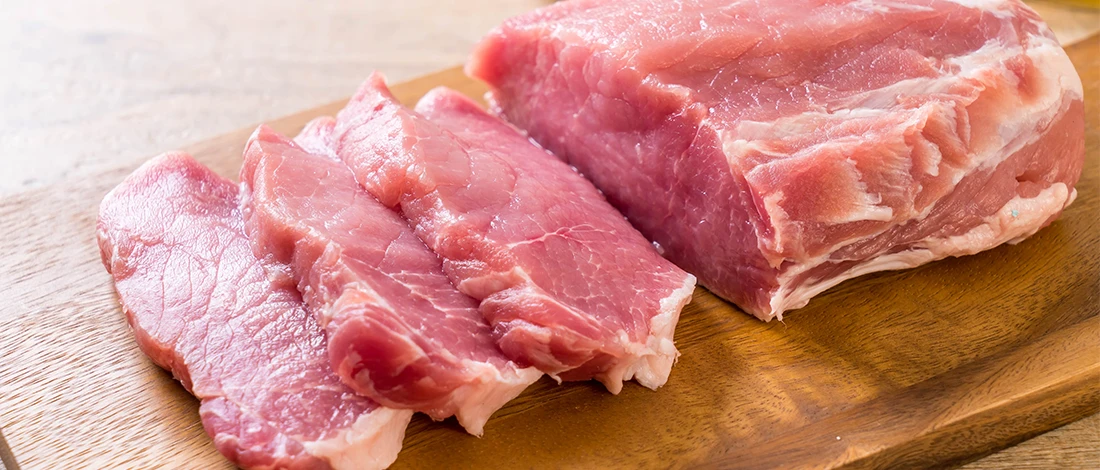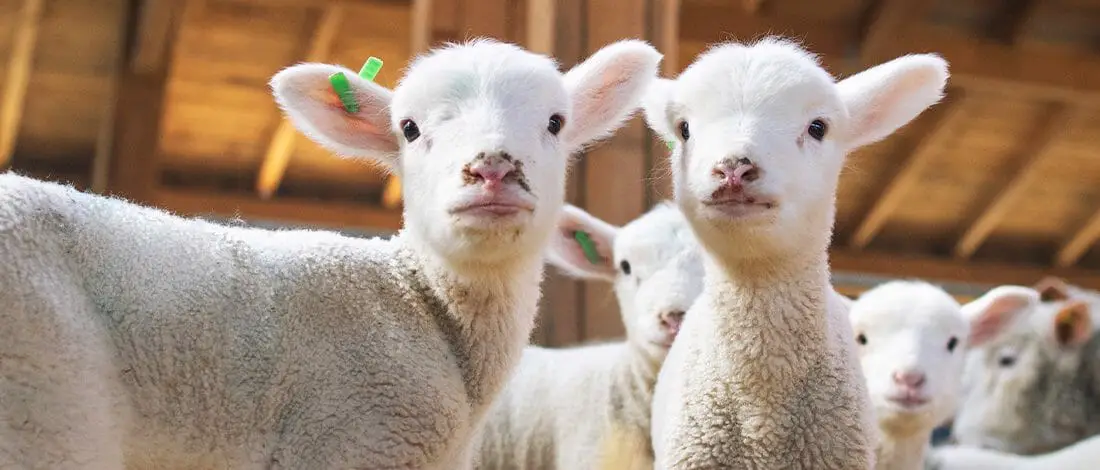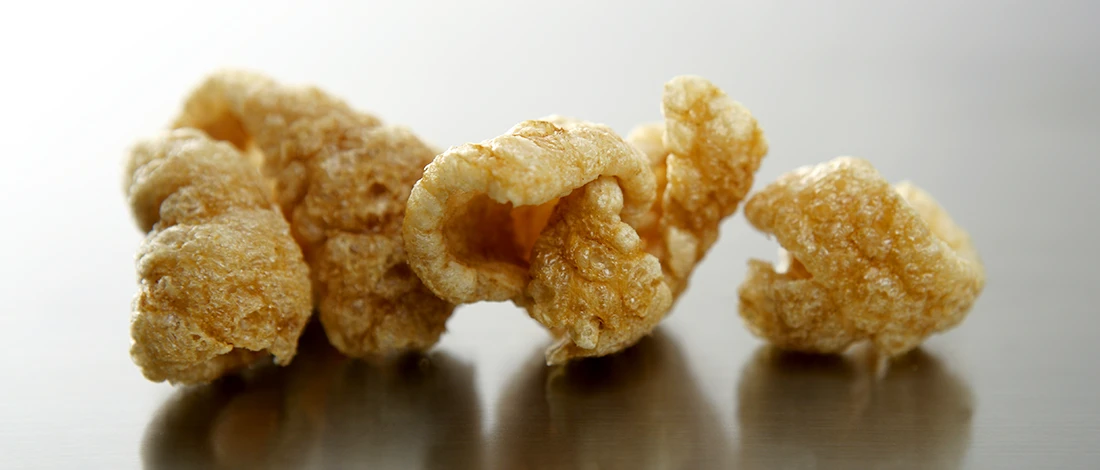The controversy regarding the classification of lamb as red meat has sparked different views from health enthusiasts and nutritionists alike.
This is a topic I find more crucial and fascinating. Since I’ve been eating lamb loin chops and ground lamb regularly as part of my carnivore diet, I decided to do comprehensive research, including interviewing various nutritionists to get clarity.
This article will explore the criteria for categorizing lamb as red meat, its clinical nutrition and health benefits, and potential risks.
Quick Summary
- Lamb is considered red meat due to its high myoglobin content, which gives it a dark-red color, although culinarians classify it as white meat as it comes from a young mammal.
- Lamb meat is a rich source of high-quality protein, vitamins, and minerals, including Vitamin B12, iron, zinc, selenium, niacin, and phosphorus, contributing to various health benefits.
- Despite its health benefits, lamb, as a form of red meat, has potential side effects such as increased risk of heart disease and colorectal cancer and iron build-up for people with hemochromatosis.
Is Lamb Red Meat?

Lamb is red meat, although culinarians would quibble. This is because it’s more nutritionally similar to beef and pork than chicken or turkey. Lamb has more of the qualities of other red meats than white meat, so it is best to label it as such.
The idea of red and white meat is not as clear-cut because culinary experts and nutritionist experts have different definitions for them.
For example, the World Health Organization says red meats are any meat that comes from a mammal [1]. This includes meat from cows, sheep, goats, pigs, horses, deer, buffalo, and anything in between. On the other hand, all fish and poultry are considered white meat.
Meanwhile, the United States Department of Agriculture (USDA) defines red meat according to the myoglobin content of the animal's muscles [2].
Myoglobin is an oxygen-carrying protein found in muscle cells, giving the flesh its dark-red color. If an animal has a high amount of myoglobin in its muscles, it is considered to have red meat.
"Lamb is called a red meat because it contains more myoglobin than chicken or fish."
- United States Department of Agriculture
White meat is any meat with low amounts of myoglobin in its muscles. This includes chicken, turkey, and fish.
Culinarians, though, have different definitions of red and white meat. To them, the animal's origin and age determine whether it is white or red meat.
Under their definition, white meat comes from fowl and young mammals, while red meat comes from older mammals. Think of veal rather than beef.
This means that mutton, which comes from adult sheep, or yearling mutton, a year or older, would be red meat, while lamb comes from young sheep.
Lamb has a milder flavor than mutton, and most lamb is slaughtered at six to eight months.
Clinical Nutrition Information

Different parts of the lamb have different amounts of fat and calories [3].
However, a standard cut is a lamb chop, which has the following nutritional content:
- Calories: 250 kcal
- Protein: 22 g
- Lamb meat’s Fat: 17 g
- Saturated Fat: 7 g
- Carbs: 0 g
- Fiber: 0 g
Lamb chops are also a significant source of many vitamins and minerals.
These include:
- Vitamin B12: This vitamin is essential for proper brain and nervous system function.
- Iron: Iron helps carry oxygen in red blood cells, keeping muscles strong and making it easier to do physical activity.
- Zinc: This mineral is vital for wound healing and maintaining a healthy immune system. Lamb contains more zinc than non-red meat sources or vegetables.
- Selenium: This mineral supports thyroid health, which helps keep the body's metabolism running smoothly.
- Niacin: This B vitamin is essential for converting food into energy.
- Phosphorus: Phosphorus helps build strong bones and teeth [4].
Health Benefits of Lamb

Lamb meat is rich in various minerals and vitamins that come with the following health benefits:
- Lamb meat consumption can help you maintain your muscle mass as you age. The large quantity of high-quality protein contains all the essential amino acids necessary for lean muscle mass growth.
- It's also a good source of the amino acid beta-alanine, a carnosine precursor. Carnosine is a compound that helps buffer the acidity in muscle tissue and has been shown to increase physical performance and reduce fatigue [5].
- Additionally, lamb meat is an excellent heme iron source, which is found in animal-based proteins [6]. The body absorbs this form of iron more readily than non-heme iron found mostly in plant-based foods.
- Lamb meat also provides more conjugated linoleic acid (CLA) than even grass-fed beef does [7]. Conjugated linoleic acid is a type of fat that has been linked to a decreased risk of certain illnesses and better metabolic health. Healthy fats like CLA may protect against heart disease and cancer.
Also, sufficient heme iron is critical in preventing anemia, particularly anemia caused by an iron deficiency. Anemia can cause fatigue, weakness, and shortness of breath. Having bioavailable iron helps to prevent this condition.
Potential Risks of Lamb and Red Meat
Although lamb has several health benefits, it has risks, which arise from lamb being a form of red meat.
1. Risk of Heart Disease

Some studies have found an association between consuming red meat and an increased risk of high blood pressure and heart disease [8].
The specific reason for this association remains unclear, but some theories support the studies.
Some people think a high consumption of red meat and heart disease are linked because this type of meat is higher in saturated fats and cholesterol than white meat.
This may create a situation where there are too many lipids in your blood, which can contribute to plaque buildup in the arteries and result in heart disease.
However, given the higher level of healthy monounsaturated fat in lamb, not all researchers believe that lamb fat content is the root cause of the problem.
2. Iron Build-Up
People with hemochromatosis should also be aware that consuming large amounts of iron-rich foods, such as lamb meat, could lead to an iron overload and increase their risk for liver disease, heart failure, and diabetes [9].
Also, if you cook lamb meat on high heat or at high temperatures, chemical changes may occur that lead to cancer. So it’s critical to use the healthiest lamb recipes.
3. Risk of Cancer

Finally, the National Health Service also suggests that eating red meat may be linked to an increased risk of colorectal cancer [10].
This is particularly true for processed meats like jerky, bacon, hot dogs, and deli meats. Other protein sources of unprocessed meat do not appear to have the same risk of causing various cancers.
The risks associated with eating red meat may be mitigated by following a healthy lifestyle, including regular exercise and not smoking.
Additionally, when you eat a healthy diet and limit your consumption of processed red meats, you may also help reduce your risk as an average person.
Related Articles:
Grilled Lamb With Middle Eastern Marinade Recipe

Recipe Overview
- Prep Time: 15 minutes plus marinating time (up to two days)
- Cook Time: 10 minutes
- Total Time: 25 minutes plus marinating time
- Number of Servings: 5 to 6
Ingredients
- 1 pound lamb chops, approx 5 pieces
Marinade ingredients
- 3 tablespoons olive oil
- 1/4 teaspoon black pepper
- 1/4 teaspoon white pepper
- 1/4 teaspoon dried oregano
- 1 1/4 teaspoon salt
- 1 small onion
- 1 small tomato
- 2 tablespoons lime juice or lemon juice
- 3 garlic cloves, minced
- 2 tablespoons fresh dill, chopped
- 2 tablespoons parsley, chopped
- 1 tablespoon mint leaves, chopped
- 1 tablespoons coriander, chopped
- 1 tablespoon fresh thyme, chopped
- 1 red chili pepper (optional)
- 1/2 teaspoon paprika
Instructions
- Process the onions in the food processor until you have finely pureed onions.
- Cut the tomato into chunks and add to the food processor with the onions. Process finely.
- Strain the mixture through a sieve and pour into a medium bowl. Remove any pulps.
- Add the rest of the marinade ingredients and mix well. Taste and adjust the marinade seasoning according to flavor.
- Add the lamb chop to the marinade and toss to coat well.
- Cover the bowl and leave it overnight or for up to two days.
- Once you have marinated lamb chops, preheat the grill.
- Cut the meat so you have cubed lamb into and make lamb skewers.
- Grill lamb skewers on the preheated grill for three to four minutes per side for medium doneness.
- Store excess marinade and serve grilled lamb chops while hot.
FAQs
Is Lamb an Inflammatory Food?
Lamb is not an inflammatory food. Lamb meat typically contains saturated and monounsaturated fats and omega-3 fatty acids, which are naturally anti-inflammatory. It also is a rich source of taurine, an antioxidant amino acid that helps reduce inflammation.
Is Lamb Healthier Than Chicken?
No, lamb is not necessarily healthier than chicken. Both have health benefits but contain different nutrient profiles, vitamins, and minerals. Lamb meat is a better source of heme iron, vitamin B12, and zinc than poultry. Poultry is lower in fat, saturated fat, and kilocalories.
Is Lamb Good for Heart Diet?
Lamb meat is good for the heart diet as it contains healthy animal fat such as omega-3 fatty acids. Additionally, lamb meat is a rich source of iron and B vitamins which are essential for cardiovascular health.
What Is the Longest Time to Marinate Lamb?
The longest time to marinate lamb is 48 hours. Generally, marinating for 24 hours is enough, but the longer you marinate, the more flavor your lamb will have.
References:
- https://www.who.int/news-room/questions-and-answers/item/cancer-carcinogenicity-of-the-consumption-of-red-meat-and-processed-meat
- https://foodandnutrition.org/january-february-2013/color-confusion-identifying-red-meat-white-meat/
- https://www.fsis.usda.gov/sites/default/files/import/Pork_Lamb_Nutrition_Facts.pdf
- https://www.healthline.com/nutrition/foods/lamb
- https://www.ncbi.nlm.nih.gov/pmc/articles/PMC3257613/
- https://www.ncbi.nlm.nih.gov/pmc/articles/PMC3662193/
- https://extension.psu.edu/conjugated-linoleic-acid-cla-in-animal-production-and-human-health
- https://newsroom.heart.org/news/increased-heart-disease-risk-from-red-meat-may-stem-from-gut-microbe-response-to-digestion
- https://my.clevelandclinic.org/health/diseases/14971-hemochromatosis-iron-overload
- https://www.nhs.uk/live-well/eat-well/food-guidelines-and-food-labels/red-meat-and-the-risk-of-bowel-cancer/#


